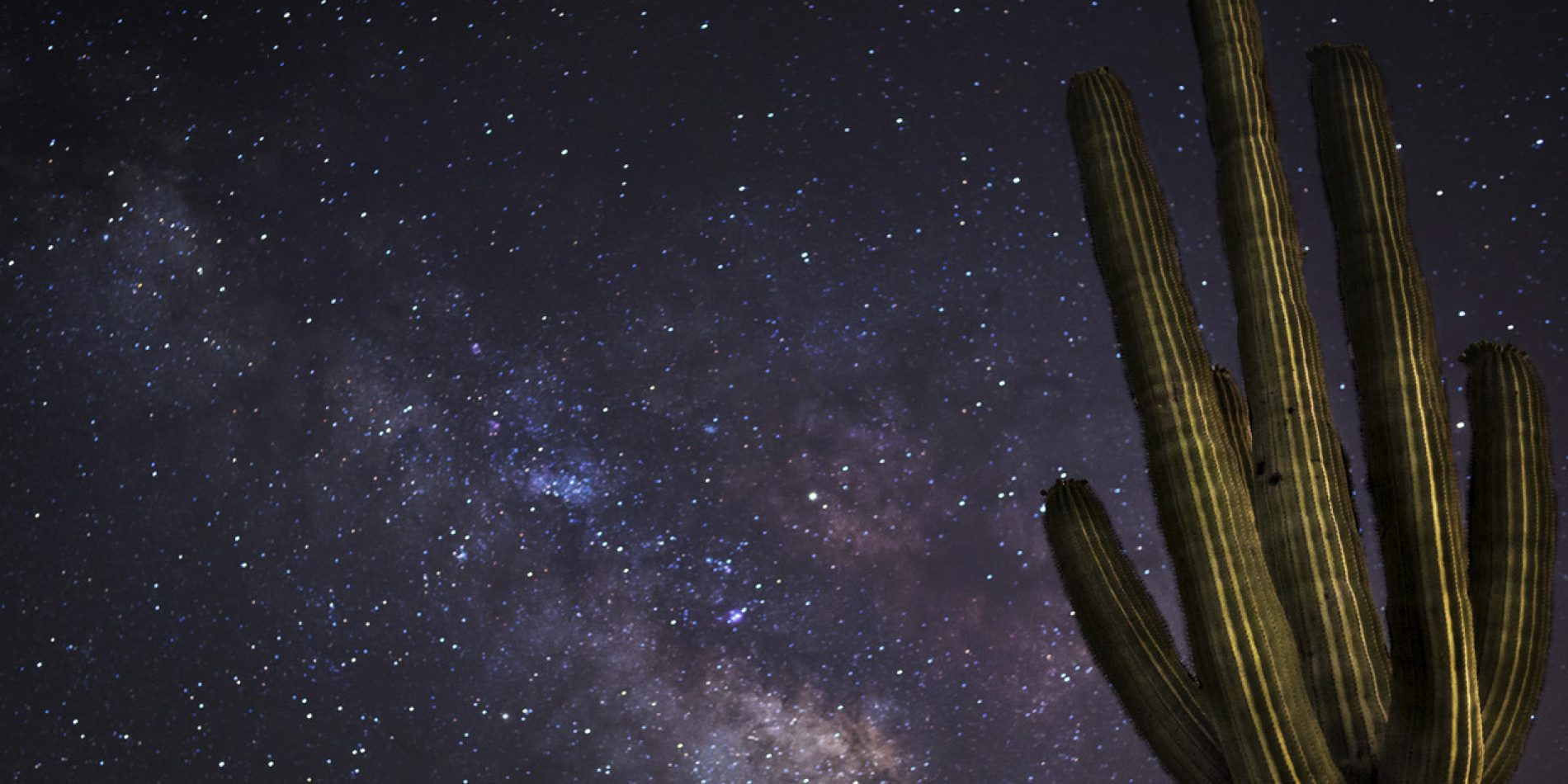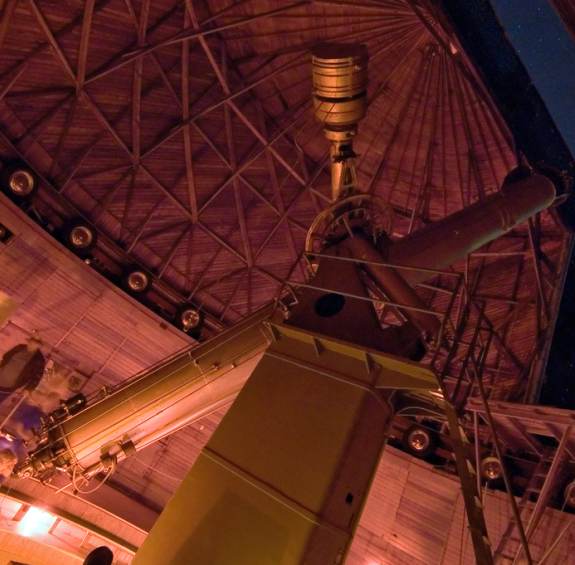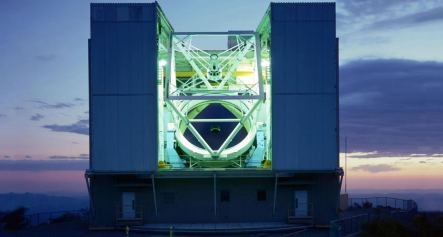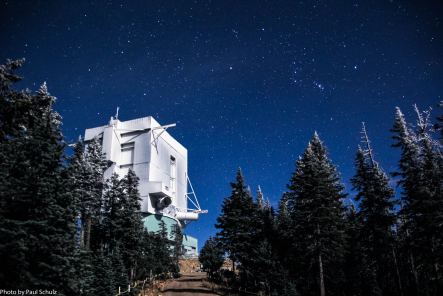Clear skies give way to spectacular astronomy viewing. It's no surprise, then, that in Arizona you'll find everything from posh resorts sporting telescopes to world-class observatories with vast arrays of instrumentation.
Observatories
Southern Arizona's clear, dry nights and abundant mountain ranges attract astronomers from all around the globe. South of Tucson, the Fred Lawrence Whipple Observatory on Mount Hopkins counts the Multiple Mirror Telescope among its literally revolutionary astronomical instruments: not only the MMT, but the building in which it is housed, rotate. Full-day guided van trips up the 8,550-foot peak in the Santa Rita Mountains run from mid-March through November (reservations required).
Also during this time of year, vans transport visitors from Safford in southeastern Arizona to the Mt. Graham International Observatory, on the upper reaches of the 10,500-foot peak in the Pinaleno Mountains for which it is named. It's home to the Max Planck Institute's Heinrich Hertz Submillimeter Telescope, the most accurate radio telescope ever built.
Planetariums & Space Centers
The University of Arizona has two stellar facilities in Tucson: The Flandrau Science Center & Planetarium on campus, where dramatic recreations of the night sky and displays of space objects such as meteorites are complemented by a free weekly astronomy program; and the Mt. Lemmon SkyCenter, with nightly dinner stargazing programs that feature Arizona's largest dedicated public viewing telescope.
Take a grand tour of the solar system in the world's first NanoSeam dome at the Arizona Science Center in Phoenix. At the center's American Airlines Flight Zone exhibit, you can play engineer or pilot.
Stay & See
Several top resorts around the state take advantage of Arizona's starry nights to provide unique learning experiences that have proved especially popular with families. Read about them in "Stay & Stargaze."











